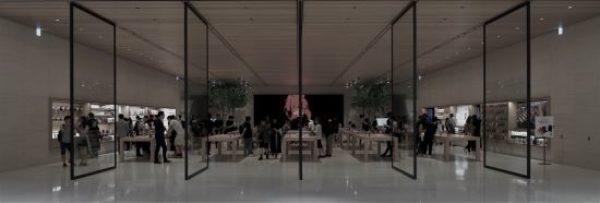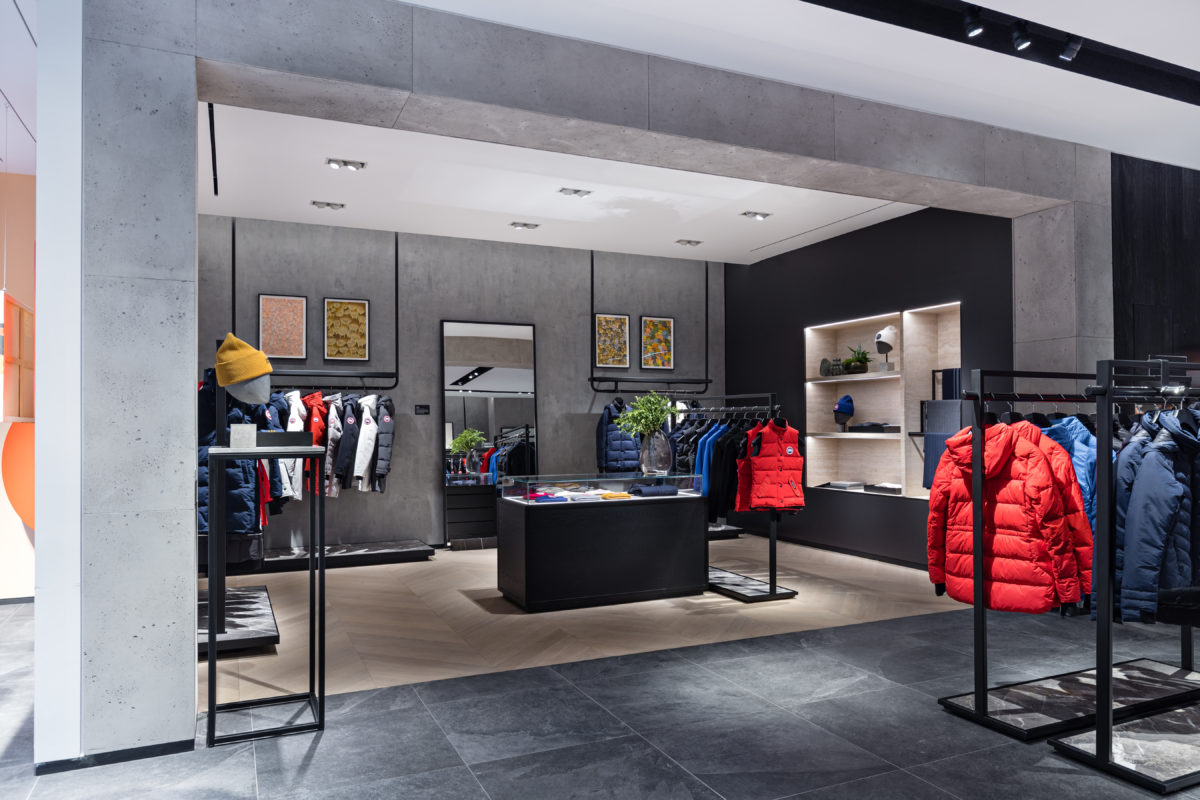In the post-Covid landscape, consumers are looking for more meaningful experiences within physical retail environments. Here, Benoy’s Alasdair McNab, Interior Design Senior Associate Director, and Ben Perman, Senior Associate Director, explain how design can help landlords and brands meet these shifting expectations.
Return to Future ThinkingThe new retail experience - how innovative retail design is transforming how we shop

Q. In what ways are you seeing retail clients trying re-engage with customers?
BP: One of the things we’re seeing is landlords moving into hybrid retail. So, rather than there being a hard line between a mall and a retail tenant, landlords are creating their own pop-ups and consumer-facing retail spaces – revealing more of their character and enlivening interiors to achieve differentiation. Pre-Covid, this approach was part of a wider positioning and transformation strategy. Now, it has become essential to solve challenges linked to footfall and occupancy rates.
AM: By creating their own marketplaces, landlords can make their malls feel more active and engaged. Some are also having to deal with empty units, which they need to repurpose and transform. Simply throwing in another retail tenant isn’t the answer – it certainly won’t add value to their asset or increase customer footfall. But through the hybrid approach, landlords can take back control of the common areas in malls and department stores. They can break the homogenous unit mould, creating something more local and bespoke that builds genuine consumer engagement.
Take Selfridges Corner Shop, for instance. Billed as ‘a place for creativity and collaboration’, the Corner Shop is a permanent pop-up space within Selfridges that hosts a range of retail concepts. Through this model, Selfridges invests in products from various brands and sells as a wholesaler, rather than leasing a unit. It’s a great example of reclaiming space through hybrid retail innovation.

Q. How is the relationship between online and instore retail evolving?
AM: Retailers are realising the limitations of online-only channels, where the immersive consumer experience is restricted to audiovisual. Customers today want the full sensory experience – they want to touch and feel products, they want to sample materials. Yes, they’re often ‘hooked’ in the digital space, through brilliant videos and demonstrations, but it’s the emotional connection people make instore – and which cannot be emulated online – that informs the purchasing decision.
BP: Increasingly, online and offline are working together more effectively. Some of the theatrical immersion you see online is filtering out into the physical space, with big brands connecting virtual footprints with instore retail experiences. The Nike Unlaced concept stores and the Glossier pop-up studio in London are recent examples.
Customisation is another online trend that’s being replicated instore. Retailers are recognising the engagement value of customisable products and services, which have largely been driven through build-your-own platforms online. Now, stores are expanding their on-site customisation capabilities, and there’s a big push on personalisation within the physical space.
Q. Where have you seen retailers responding well to these shifting consumer demands?
BP: On Running’s flagship store on Regent’s Street provides a stunning example of an immersive physical retail environment. There are robotic arms that pick up and explain products; motion-detecting walls and mechanical demonstrations that show you how a product is made and tested. The store takes you into the heart of the brand’s machining processes, fabrics and technologies – it’s all very open and transparent, which is hugely refreshing. Where the store is truly successful is in conveying the brand’s principles and beliefs through its design, material specifications and the customer experience. And by harnessing messages around sustainability and performance in an authentic way, it has achieved greater engagement, new adopters and brand loyalty.
AM: Then there are brands like Nike and Rapha, that are doing a great job of building communities, rather than just pushing products. Rapha, for example, uses its presence on Strava to build training regimens into reward schemes, creating networks of riders, knowing the transactions will follow. It’s part of a trend of retailers becoming increasingly considered in how they create spaces and communities to enhance customer loyalty. It’s a really organic process.
Q: So how important is placemaking in the new retail landscape?
BP: ‘Placemaking with purpose’ is the key, I think. In the past, placemaking was very one-dimensional. It involved putting a sculpture or an archway into a town centre and making things convivial. Now, placemaking has to be about engaging with customers on a deeper, more emotional level. Whether that’s through brand affiliation, wellness or sustainability, placemaking needs to offer more meaningful engagement. It’s about leveraging the art of storytelling, and recognising that people are increasingly cause-loyal, not just brand-loyal.
Q. What sets Benoy apart in this particular field of work?
BP: We occupy a unique position in that we work with landlords, like Westfield, but also with brands and direct-to-consumer (DTC) companies such as Canada Goose. By operating either side of the fence within the retail landscape, we have an in-depth understanding of how different stakeholders are evolving and investing – and how our design interventions can support both sides.
AD: We’re also able to draw on the data-analysis expertise of our sister company, Pragma, which enables us to make design proposals based on very precise consumer insights. As clients begin to think more strategically about long-term customer engagement programmes, we can provide data-driven analysis of how to curate retail spaces, experiences and tenant mixes to suit very specific demographics.














